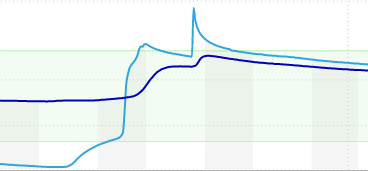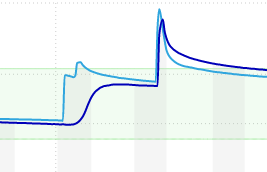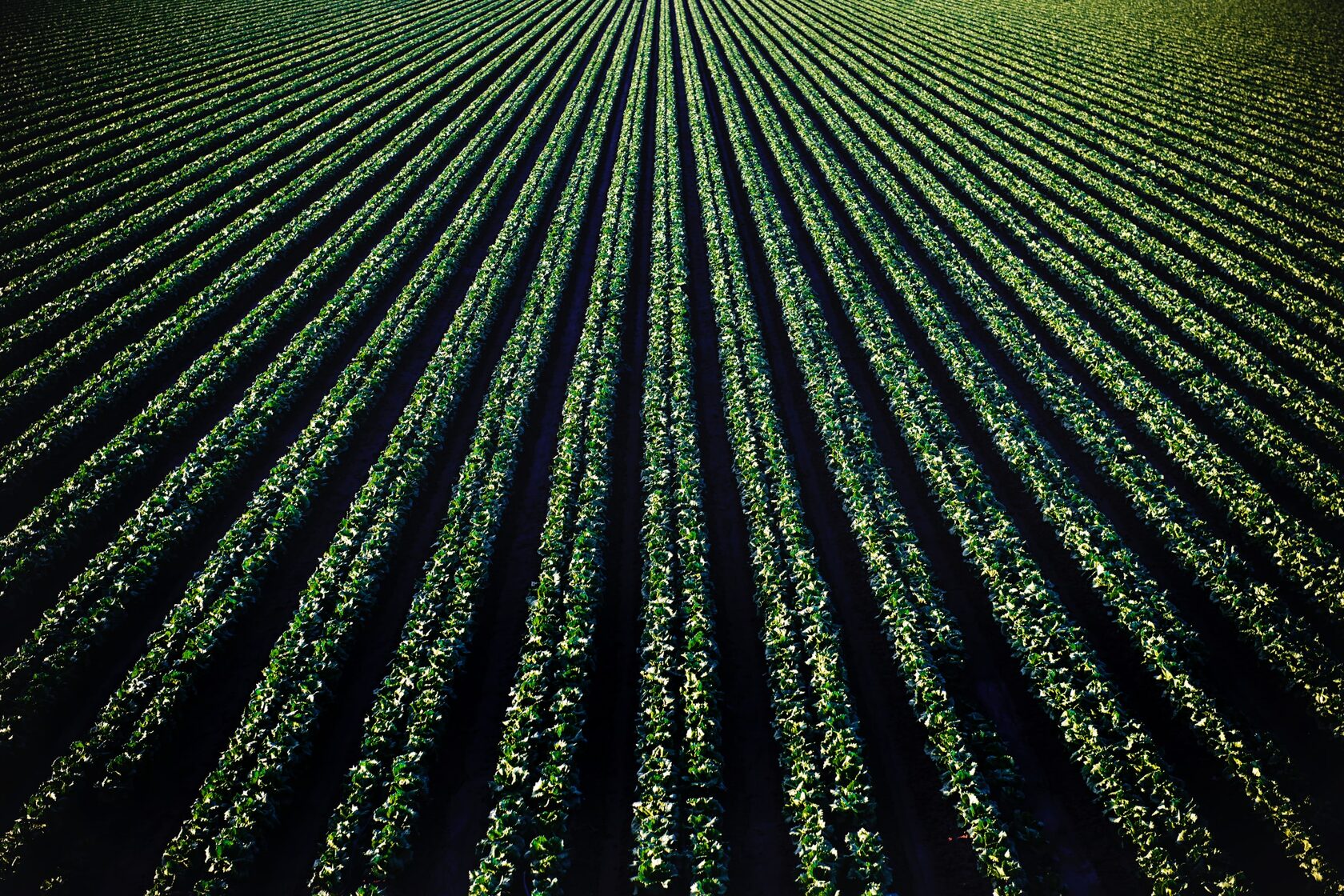Over-irrigation, a large problem with a simple solution
Overirrigation occurs when too much water is applied to the field and some of it, instead of being held by the soil for the plants to use, flows through the soil to deep layers that the plants cannot reach with their roots. This water costs us money spent either on buying the water input itself or electricity needed to extract it from their reservoir or both simultaneously and it adds to the global water scarcity crisis: more than half the people on Earth will be living in water-stressed regions by 2050.
It is, therefore, a win-win situation if we optimize our irrigation systems to never use too much water: it is economically advantageous for us, the farmer, and helps create a future world with less suffering.
While a problem with potentially devastating consequences, over-irrigation isn't very difficult to solve in places where the farmer can afford to invest a little in a sensors-based solution to then save on water usage or electricity.
Overirrigation, root rot, and fertilizing
And if that wasn't enough, there are two more dangerous consequences of applying too much water to the plants.
Firstly, farmers who over-irrigate their crops risk drowning their root zone in water for extended periods of time potentially causing root rot and killing their crop or, in best case scenario, significantly reducing yield.
Secondly, excess irrigation flushes nutrients out of the soil creating suboptimal conditions for the plants and increasing costs of fertilization. Money is lost twice: first on applying too much water and then on having to apply more fertilizer to compensate for it.
How SoilSense system saves water for farms of any size
At SoilSense it was always our priority to help farmers who cannot justify the cost of hiring external consultants or data scientists to interpret their data for them. We created a no-maintenance system that can very accurately point out to any and every farmer when they use excess water letting them adjust their irrigation immediately as the problem occurs.
Our sensor calibration method translates Volumetric Water Content to Plant Available Water and visualizes the range within which the moisture should stay in order to be healthy for the plants and so that no water is wasted.
We can see below two cases of situations possibly occurring during irrigation or rainfall. The light blue line represents moisture of the soil over time at the10cm while the dark blue one represents it at 40cm. Whenever there is a peak in moisture after which the water decreases very rapidly, it means that the water is quickly flowing through that layer of the soil without the soil being able to hold it.
In case number 1, the peak and quick drop occur at 10cm, without influencing the deeper level too much. Therefore indicating that although a significant quantity of water was applied to the soil, the 40cm soil can still hold more water (in this case the trees have their roots at up to 50cm).

In case number 2, the peak occurs both at the10cm and, with a little delay, at 40cm which means that at the bottom of the root zone the soil has reached its holding capacity (100% Plant Available Water) and exceeded it causing the water to fall to the layers of soil in which the plants don't have roots thus wasting the water.

We make it even simpler
If this seems too complicated, the SoilSense system doesn't stop at offering the charts with easily interpretable data. We do our best to interpret it automatically and deliver a simple notification via SMS, WhatsApp, Email, or directly on your phone every time the Plant Available Water peaks at the bottom of the root zone indicating over-irrigation thus taking most of the data interpretation part out of the picture.
Over-irrigation is too simple to solve not to do anything about it
As you can see, over-irrigation is very easily solved using Volumetric Water Content sensors and it can provide immediate savings at very little up-front cost. Some of our existing customers found out that they're sometimes using up to double or even triple the amount of water per irrigation relative to what the soil could actually store.
If you suspect that you might be using too much water, installing the SoilSense system can save you money immediately and help you avoid all the headaches related to root rot and increased fertilizer needs.
